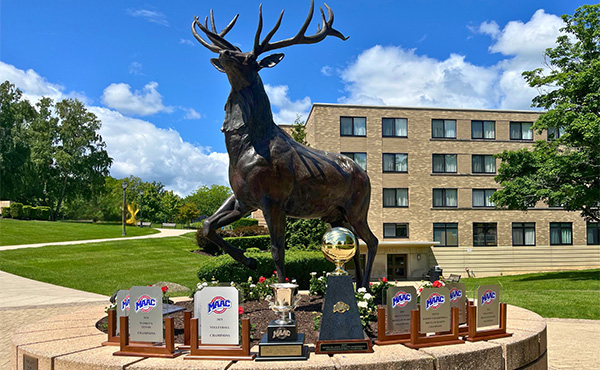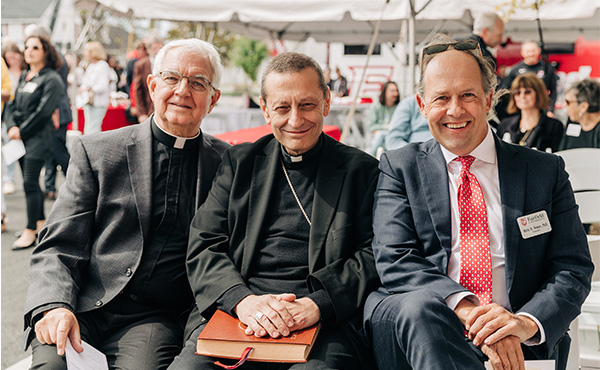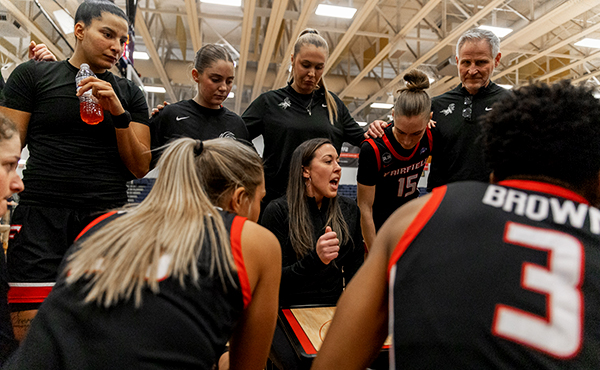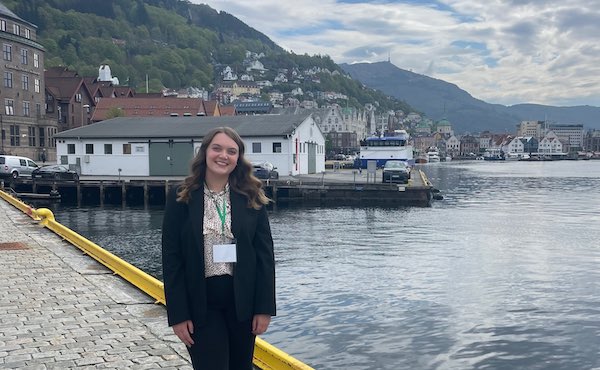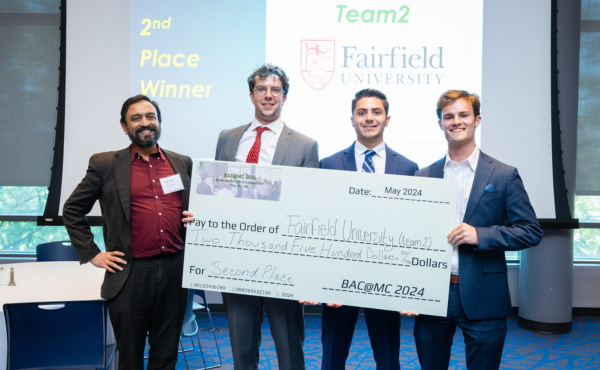Six mechanical engineering, biomedical engineering, and biology students presented phase one of their research outcomes at the NASA CT Expo.
Earlier in November, students from the School of Engineering and the College of Arts and Sciences attended the NASA CT Expo. During the Expo, engineering students Alana Hayes ’24 and Ryan Jaworski ’25 and biology students Elia Haghbin ’26, Eliza Hogan ’24, Grace Lombardi ’25, and Elizabeth Ricci ’23 presented phase one of their original research, "Developing a Human Blood Vessel Using 3D Bioprinting and Cell Culturing Techniques."
According to Naser Haghbin, PhD, professor of the practice, mechanical engineering, and one of three faculty advisors, 3D bioprinting technology will play an essential role in future NASA space missions.
“This research falls under the NASA Human Exploration and Operations directorate, protecting astronaut health and ensuring human mission performance. For example, when a long time is required for space missions, astronauts' risk of injury or illness increases. Hence, NASA must provide tissues and human organs in space stations to keep astronauts safe and healthy throughout their missions. Moreover, living in space is one of the main targets of space exploration programs,” explained Dr. Haghbin.
Using 3D bioprinting technology, the students and faculty advisors — Dr. Haghbin, Shelley Phelan, PhD, and Isaac Macwan, PhD — designed and fabricated a blood vessel that produces a volumetric flow rate and a 3D CAD model in a cylinder, which acts as a mold. Next, the bioink and cell mixture were mixed, 3D printed, and maintained in a controlled environment. They then use microscopy to examine the growth of cells in the blood vessel's muscular and vascular layer.
“This research is ultimately trying to cultivate human umbilical endothelial cells and human aortic smooth muscle cells, to be used in a 3D bioprinter to print a human vein with live cells,” said Jaworski. “My part of the research team is to create dispersion of poly-vinyl alcohol and cellulose to synthesize porous electrospun nanofibrous scaffolds, which will then be used in a 3D bioprinting application to further create 3D vasculature.”
Following a critical literature review during summer and fall, students tested different bioinks and found that collagen-based bioink is a good candidate for the vein scaffold. The study also showed that collagen-based bioink does not lose its structural integrity when submerged in DMEM cell media.
During phase two of their research, human umbilical vein endothelial cells (HUVEC) and human aortic smooth muscle cells (HASMC) will be co-cultured and mixed with collagen-based bioink. The team plans to present phase two of their research at the 2023 Materials Research Society in April.
From offering attendees a variety of networking opportunities to showing students the immense impact engineering professionals can have on the community, this year’s conference was an experience the Fairfield students will never forget. Jaworski said, “Meeting and networking with other researchers, along with seeing what type of research is happening at other schools across CT, was a very valuable experience."

